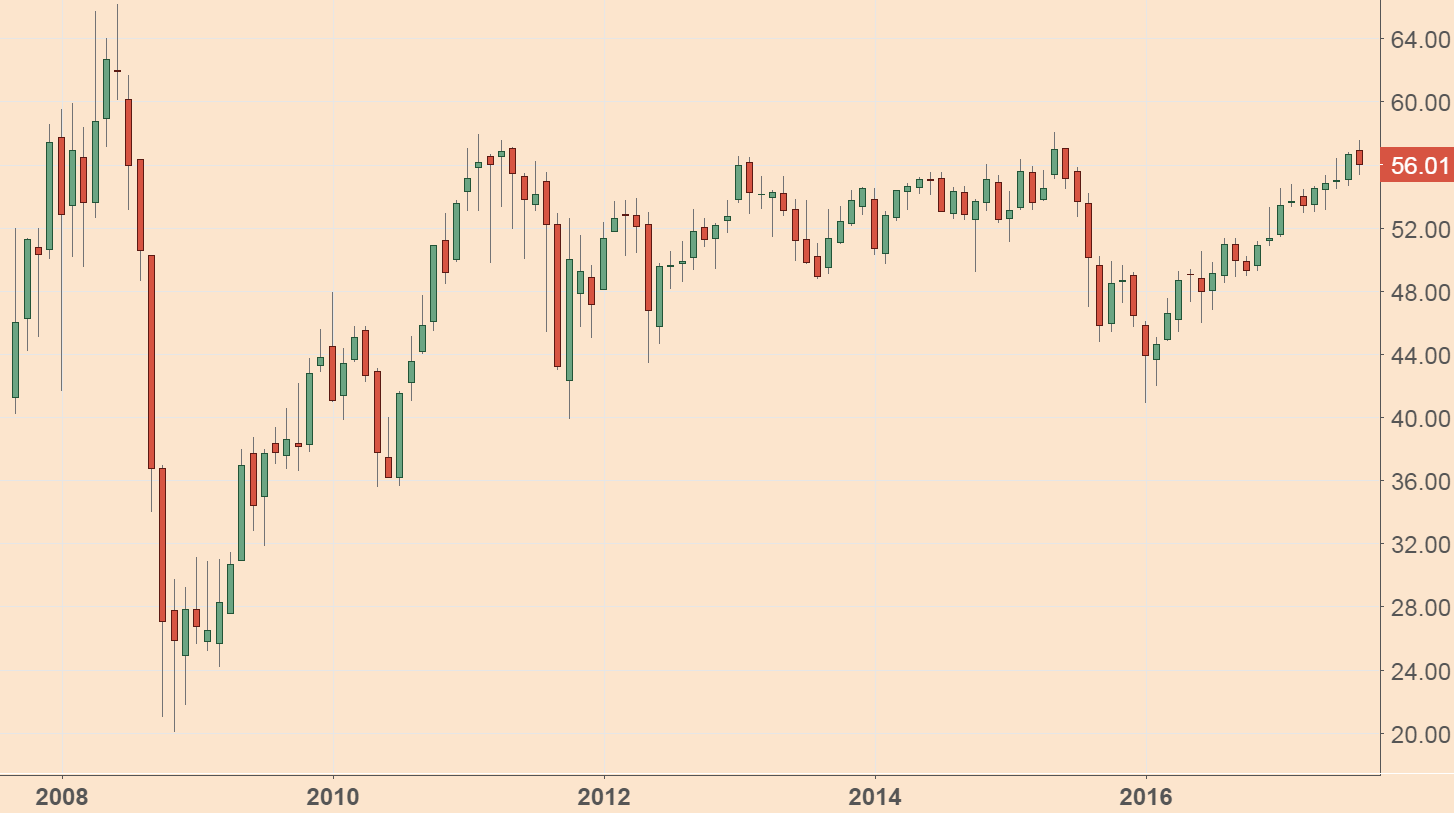One of my memories as a teenager in the 1970s is going into a grocery store…
…and finding a dozen or so price stickers — each for higher and higher amounts — stuck to the top of whatever item I wanted to buy.
Yep, that’s what happens when double-digit food inflation becomes the norm. It kept the stock boys busy with their sticker guns, updating all the goods on the shelves as prices went up and up.
Could we be heading in that direction again?
I know, I know — double-digit food inflation seems impossible now.
We were blessed by a slew of factors in recent years:

Don’t forget to add in a strong U.S. dollar and weak overseas economies. (Both of which make American agriculture exports more expensive in foreign lands.)
Yet all good things come to an end — for consumers, that is.
And maybe, just maybe, food producers — decimated by a lack of pricing power — might finally be getting their mojo back.
These kinds of trends start small.
The first thing that caught my eye was the July consumer price index (CPI) report.
The Bureau of Labor Statistics said retail food-at-home prices rose 0.3%. Big deal, right? But as
Progressive Grocer noted, it was the first 12-month increase in 19 months, and likely “a signal of easing deflation.”
The second bit of evidence is the gains seen in indexes that track this sector. For instance, the S&P Food & Beverage Index posted a new all-time high in June. Likewise for an exchange-traded fund like the VanEck Vectors Agribusiness ETF (NYSE: MOO).

After posting a four-year low in early 2016, it’s back within shouting distance of the all-time highs of a decade ago.













Leave A Comment